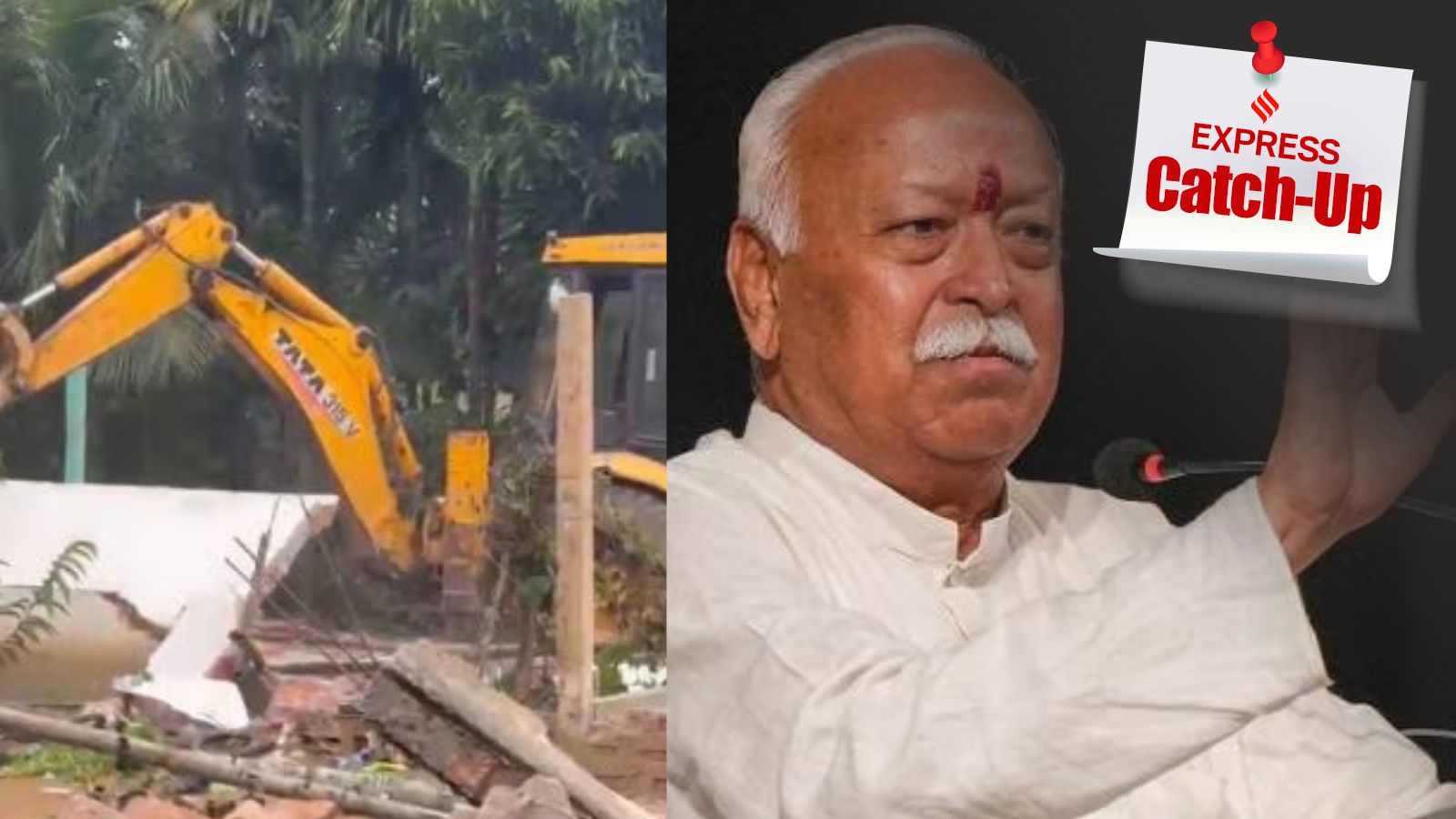
Pakistan’s proposed 27th Constitutional Amendment Billtabled in the Senate on Saturday, has sparked debate among legal experts and political observers. Critics say the bill could fundamentally alter the country’s judicial structure, while the government insists it is aimed at reforming and modernising the justice system.
According to Dawnthe proposed amendment would establish a new Federal Constitutional Court (FCC), shifting key powers away from the Supreme Court, which has long been the country’s highest judicial authority. Several lawyers have warned that this change would “dethrone” the Supreme Court, effectively making it subordinate to the new court.
Proponents, however, argue that the move will separate constitutional and appellate jurisdictions, reduce case backlogs, and bring Pakistan’s judiciary in line with modern systems in other democracies.
Here are seven key takeaways from the proposal and the reactions it has generated:
- 01
A new top court: The Federal Constitutional Court (FCC)
The amendment proposes creating a Federal Constitutional Court, which would take over cases involving constitutional interpretation, inter-governmental disputes, and issues under Article 199.
This means the FCC would become the primary forum for constitutional matters, previously handled by the Supreme Court, reported Dawn.
- 02
Supreme Court’s reduced role
Under the new setup, the Supreme Court would be limited to hearing civil, criminal, and statutory appeals.
A senior counsel told Dawn that this change would make the Supreme Court “a Supreme District Court” in practical terms.
- 03
Insertion of new Chapter 1A; changes to Article 175
The insertion of a new Chapter 1A in the Constitution tightens executive control over the superior judiciary through expanded powers to transfer high court judges, and establishes an FCC “empowered by disempowering the Supreme Court,” former additional attorney general Tariq Mehmood Khokhar told Dawn.
Legal experts, meanwhile, warn that the amendment to Article 175 represents “the end of the judiciary as we knew it.”
They argue that the Supreme Court is being “amended out of the Constitution” by making it irrelevant in constitutional matters.
- 04
Judicial retirement
Lawyers have pointed out that in the new draft, the oaths and references to judges place the FCC above the Supreme Court.
The chief justice of the FCC would also rank higher and retire at 68, compared to the current retirement age of 65 for the Supreme Court judges.
- 05
Changes to Article 243: Military leadership
The amendment also includes a revision to Article 243, formally vesting the office of Chief of the Defence Forces in the Chief of Army Staff, and granting the Field Marshal rank for life — a move that constitutionally recognises the army chief’s senior status.
- 06
Potential benefits cited
Proponents have argued the reforms will reduce case backlogs, eliminate overlaps between benches, and depoliticise the higher judiciary.
They claim the model resembles judicial systems in other democracies where constitutional and appellate courts function separately.
- 07
Concerns over executive dominance
Critics, however, fear the changes could undermine judicial independence by placing the FCC, and thus constitutional interpretation, under greater influence of the executive branch.
Lawyers warned that the government could route appeals in key laws, like the Elections Act 2017, to the FCC instead of the Supreme Court.







